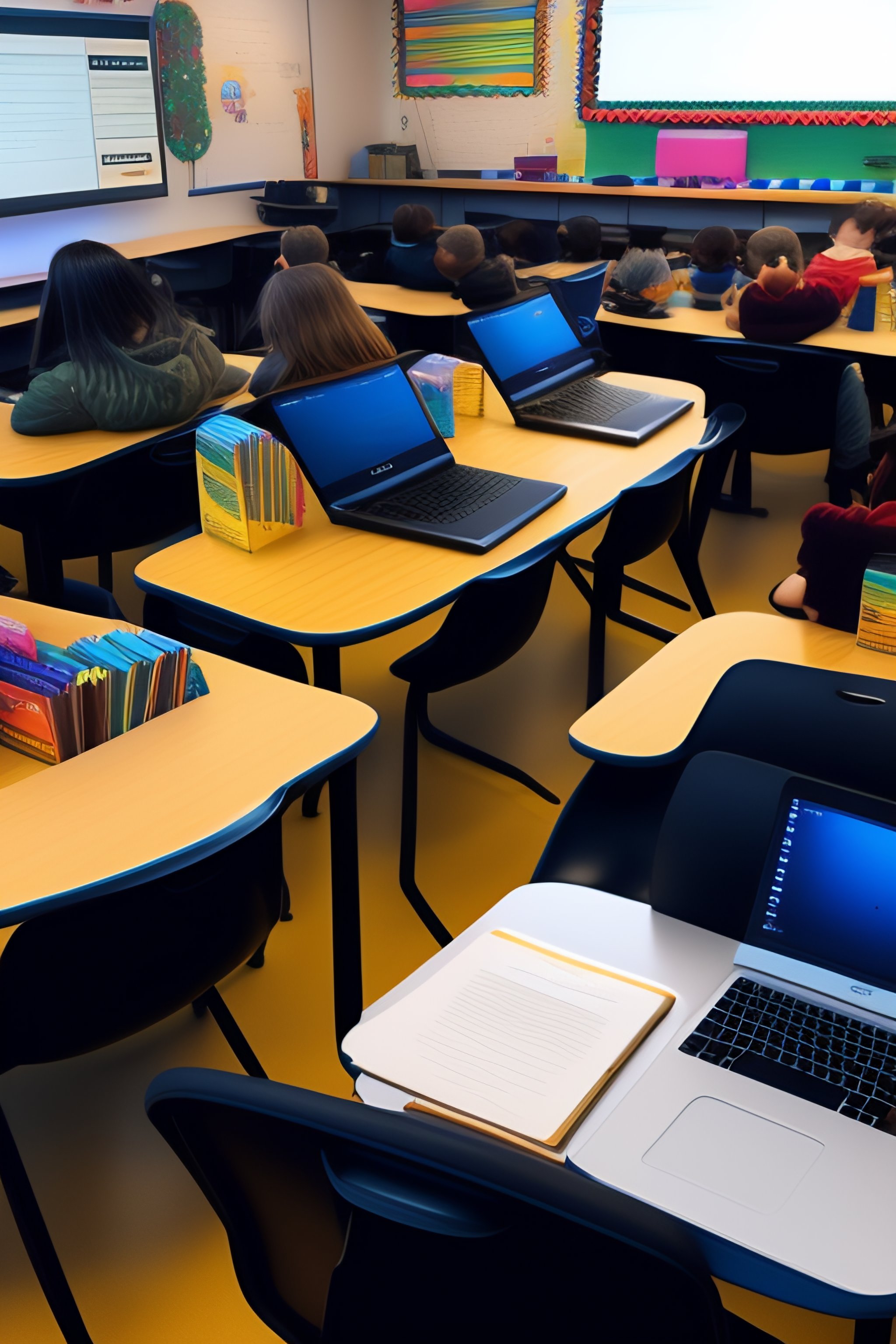The Future of Education: How Technology is Changing the Way We Learn and Teach
Education has always been an essential aspect of human life, and as society evolves, so do the methods we use to learn and teach. Over the past few decades, technology has played a significant role in transforming the way we approach education. From online classes and digital textbooks to interactive educational apps and virtual reality simulations, technology has revolutionized the way we learn and teach.
One of the most significant ways that technology has impacted education is by making it more accessible to people around the world. Online courses, for example, have made it possible for students to access high-quality education from top universities, regardless of their geographical location or financial situation. This has allowed individuals who may not have had the opportunity to pursue higher education in the past to do so, opening up a whole new world of possibilities.
Another way that technology is changing education is by providing students with more personalized learning experiences. With the help of artificial intelligence and machine learning algorithms, educational platforms can analyze students' learning patterns and preferences to create customized learning paths that cater to their individual needs. This not only makes learning more engaging and effective but also helps students stay motivated and interested in their studies.
Technology is also transforming the way we teach. With the help of digital tools and software, educators can create engaging and interactive lesson plans that capture students' attention and keep them engaged throughout the learning process. This has led to a more collaborative and participatory learning environment where students are encouraged to take an active role in their education.
Virtual and augmented reality technologies are also changing the way we learn by providing immersive learning experiences that allow students to explore new concepts and ideas in a more engaging and interactive way. For example, students studying geography can use virtual reality to explore different parts of the world and learn about different cultures and customs, while those studying biology can use augmented reality to study the internal workings of the human body.
Despite all the benefits that technology brings to education, there are also concerns about its impact on traditional teaching methods. Some argue that technology can lead to a loss of human interaction and critical thinking skills, as students rely more on technology to guide their learning. Additionally, there are concerns about the digital divide, as students from disadvantaged backgrounds may not have access to the same technology and resources as their more privileged peers.
Overall, the future of education looks bright, with technology playing a key role in transforming the way we learn and teach. As technology continues to evolve, we can expect to see even more innovative and exciting ways to engage students and make education more accessible and effective for everyone. However, it is essential to strike a balance between traditional teaching methods and the use of technology to ensure that students receive a well-rounded education that prepares them for success in the digital age.
As we look towards the future of education, there are several emerging technologies that are likely to have a significant impact on the way we learn and teach. One of these technologies is artificial intelligence (AI), which has the potential to revolutionize the way we approach education. AI-powered tools can analyze student data to provide personalized learning experiences, identify areas where students may be struggling, and suggest interventions to help them overcome challenges.
Another technology that is likely to play a key role in the future of education is blockchain. Blockchain technology can be used to create secure and transparent systems for storing and sharing educational records, credentials, and certifications. This can help to reduce fraud and improve the accuracy of educational credentials, making it easier for employers to verify the qualifications of job candidates.
In addition to these technologies, we can also expect to see continued growth in online learning and virtual classroom technologies. Online classes have become increasingly popular over the past decade, and with the ongoing COVID-19 pandemic, they have become even more important for students and educators around the world. Virtual classroom technologies, such as video conferencing and collaboration tools, have also become essential for remote learning and are likely to continue to play a significant role in the future of education.
While technology is undoubtedly changing the way we learn and teach, it is important to remember that it is not a silver bullet for all educational challenges. As with any tool, technology is only as effective as the people using it. It is crucial that educators receive the training and support they need to effectively incorporate technology into their teaching practices and that students receive the guidance they need to use technology responsibly.
Another important consideration is the need to address the digital divide. While technology has the potential to make education more accessible to people around the world, it is important to ensure that everyone has equal access to these resources. Governments and educational institutions must work to bridge the digital divide by providing access to technology and connectivity to all students, regardless of their background or financial situation.
In conclusion, technology is changing the way we learn and teach, and the future of education is likely to be shaped by emerging technologies such as AI, blockchain, and virtual classrooms. While technology brings many benefits to education, it is important to remember that it is not a silver bullet and that we must continue to address issues such as the digital divide and ensure that educators and students receive the support they need to effectively use technology in the classroom.
======================================================================
Keywords = future of education, technology, online learning, remote teaching, adaptive learning, virtual classrooms, gamification, e-learning, digital education, edtech, innovation


Comments
Post a Comment